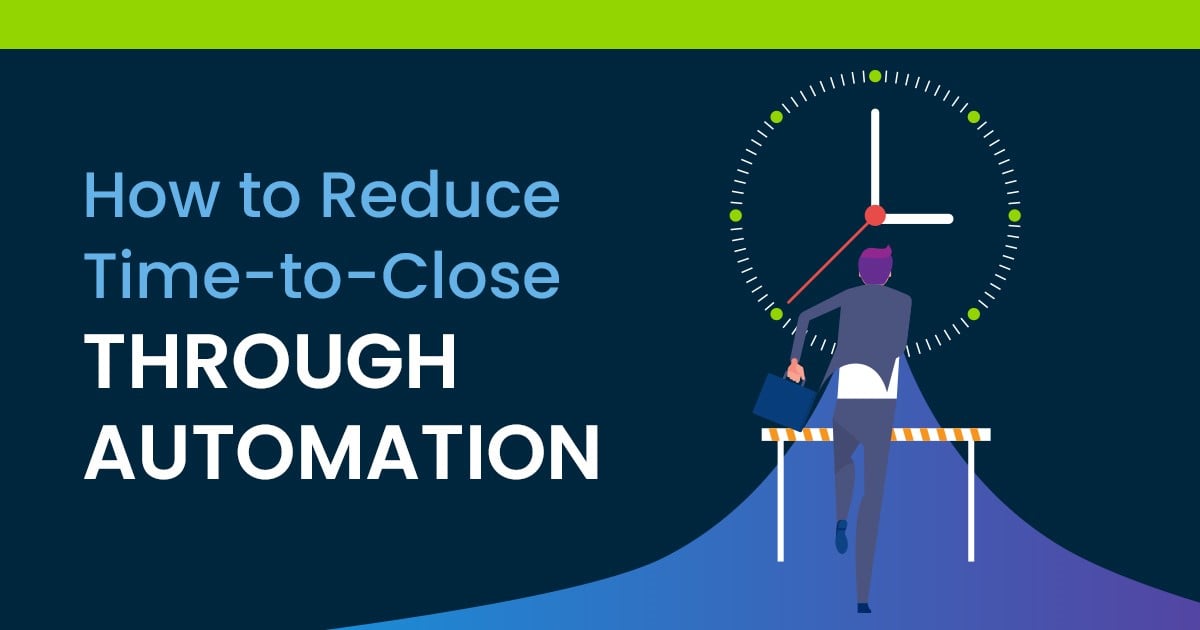
How to Reduce Time-to-Close Through Automation
In the claims process, speed matters. The 2019 J.D. Power U.S. Auto Claims Satisfaction Study found that customer satisfaction with the claims process had reached an all-time high, an improvement that was fueled by shorter cycle times.
The average amount of time between the first notice of loss (FNOL) and the return of repairable vehicles was reduced from 13.5 days in 2018 to 12.9 days in 2019. Even just a half day can make a big difference to a policyholder waiting for life to get back to normal.
Reducing the time-to-close is beneficial for the insurer as well – and automation makes it possible.
Three Examples of Digitizing the Claims Process
Many aspects of the claims process can be digitized to reduce time-to-close. Here are three good places to start:
- FNOL: The FNOL – or in workers’ compensation, the FNOI – kicks off the entire claims process. Delays here can ricochet through the rest of claims process, so you want this step to go quickly and seamlessly. Automation can help. With an automated FNOL process, notices can be received at any time, day or night, and surges in loss volume – for example, after a natural disaster – don’t have to result in slowdowns.
- Adjusting Processes: Thanks to improvements in technology, claims adjusting can be done virtually in many situations. Adjusters can use video collaboration and mobile apps to inspect claims remotely. Photography and roof inspections can even be completed via drone. This can speed up the process for adjusters, who don’t have to spend time traveling to each site. It can also be a convenient option for claimants, who don’t have to wait for the adjuster to arrive at an appointment.
- Digital Disbursements: Many policyholders pay premiums electronically, but far fewer receive electronic payments as well. Waiting for paper checks to arrive, depositing them in the bank, and waiting for them to clear can be a time-consuming hassle, and with digital disbursements, this hassle can be eliminated. Digital payment methods can also be used to pay vendors, lien holders, mortgagees, and other parties.
Three Benefits of a Faster Close
We all know a faster close is better – but the benefits might be even greater than many people realize. Here are three advantages that you can achieve with a faster close.
- Reduce the total cost of claims. Time is money. The more time you spend on a claim, the more expensive it becomes. The actual expenses for the claimants can increase as claims drag on, for example, if the policyholders have to rent a car or stay in a hotel until the repairs are done and the claim closes. The hours and work that your customer service team needs to dedicate to the claim will also increase the longer it remains open, resulting in an expensive drain on your company’s resources. According to McKinsey & Company, digitization can reduce claims expenses by 25 to 30%.
- Improve customer retention. Unhappy policyholders don’t usually remain customers for very long. The Digital Insurer Claims Customer Survey from Accenture found that 83% of customers who were dissatisfied with their last claim either planned to switch or had already switched providers. Happy policyholders, on the other hand, tend to be more loyal. Customers are also likely to share their experience online or with their friends and family, meaning that one experience – good or bad – can have a ripple effect.
- Reduce exposure. If customers feel their claim is taking too long or assume it has been neglected, they might decide to retain legal counsel. By resolving claims quickly, insurance companies can reduce the chance of costly litigation.
Ready to get started?
Digital payments are an easy first step toward improving your organization's claims process efficiency and boosting customer satisfaction. Request a ClaimsPay® demo to learn more.
Tags: Technology & Innovation, Claims
Written by The One Inc Content Team
Want to read more articles like this?

